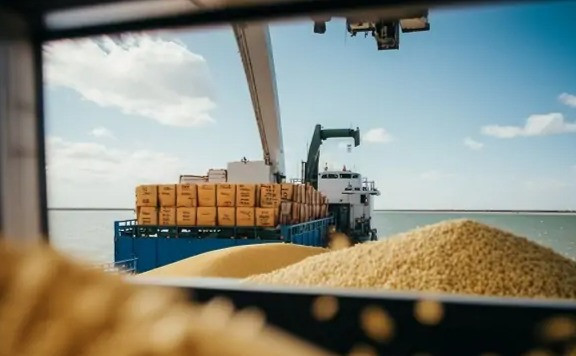russia Is Losing Its Status As the World’s Largest Agricultural Exporter
8/19/2025

Due to spring frosts, record summer heat, and drought in key southern regions, russia’s 2025 harvest was the worst in more than 17 years. In June of this year alone, wheat exports decreased fourfold – to 1.12 million tons, and in July, grain shipments to foreign markets were 2.1 times lower than in the same period in 2024.
In 2016, russia was one of the world’s largest wheat exporters, and its ability to export grain remained one of its few sources of economic power and international leverage after the invasion of Ukraine. Every year, the occupying authorities export the estimated three million tons of grain from the temporarily occupied territories of our state alone. The year 2025 and Western sanctions exposed the weaknesses in russia’s wartime economy: the high policy rate of the Central Bank of the rf, growing domestic demand, low world grain prices, and high logistics costs led to a 14.6 % decline in russia’s agricultural exports in the first half of 2025.
At the same time, food imports are increasing in the country – they grew by 14 % (to USD 20.6 billion), while in 2023 the situation was the opposite: exports grew by 4.3 % (USD 43.1 billion), and imports decreased by 1.7 % (USD 35.1 billion). In particular, due to a shortage of its own agricultural products, russia was forced to purchase potatoes from China worth USD 49.4 million, which is six times more than in 2024, and apples – worth USD 12.4 million (+50 % compared to 2024).
Despite stabilization measures in agriculture and zero unstable duties on exports of wheat, barley, and corn, the negative export dynamics is expected to continue. The decline in foreign exchange earnings will complicate the fulfillment of the rf’s state tasks, in particular the plan to increase agricultural exports to USD 55 billion by 2030, and, as a result, may deprive russia of its status as a global player.
